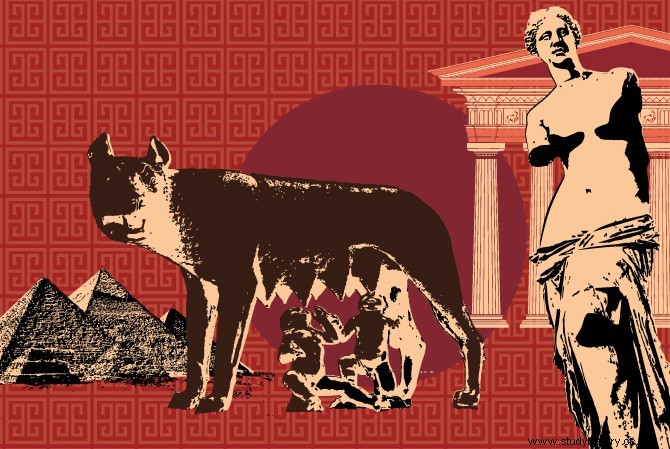
Which is more real, death or life? A natural cataclysm that comes like a thief or the deceptive sweetness of everyday life? In Pompeii, a thin film of cooled ash separates the sun from the night. Men, women and children, surprised in the moment that we pick, petrified for two millennia, impose their poignant presence. Since the first excavations carried out in the 18 th century and the identification that was made of the buried city – which had fallen into deep oblivion – the Campanian city exhumes blocks of emotion. Among the latest wonders found, the mosaic of Orion or the lascivious fresco of Leda.
But if, for several years, Pompeian archeology has experienced a new lease of life, there is also an urgent need to protect and restore. Burial under the lapilli protected these treasures. The open air exposes them to the threat of bad weather, sneaky looting, termite degradation from mass tourism. With Pompeii, it is first of all Antiquity, far from fantasies or conventions, that is revealed to us. Through everyday objects shrouded in magic. And also the evocation of baths, taverns, elections, up to the "terror" in front of the sex perceived by Pascal Quignard that would exude the erotic figures of brothels. What is essential above all is the miraculous evidence of a small piece of a refined civilization found, which a volcanic eruption, probably on October 24, 79, destroyed in a few hours. The eye of Vesuvius is still watching us, placid, in this bay of Naples so beautiful and so blue.
